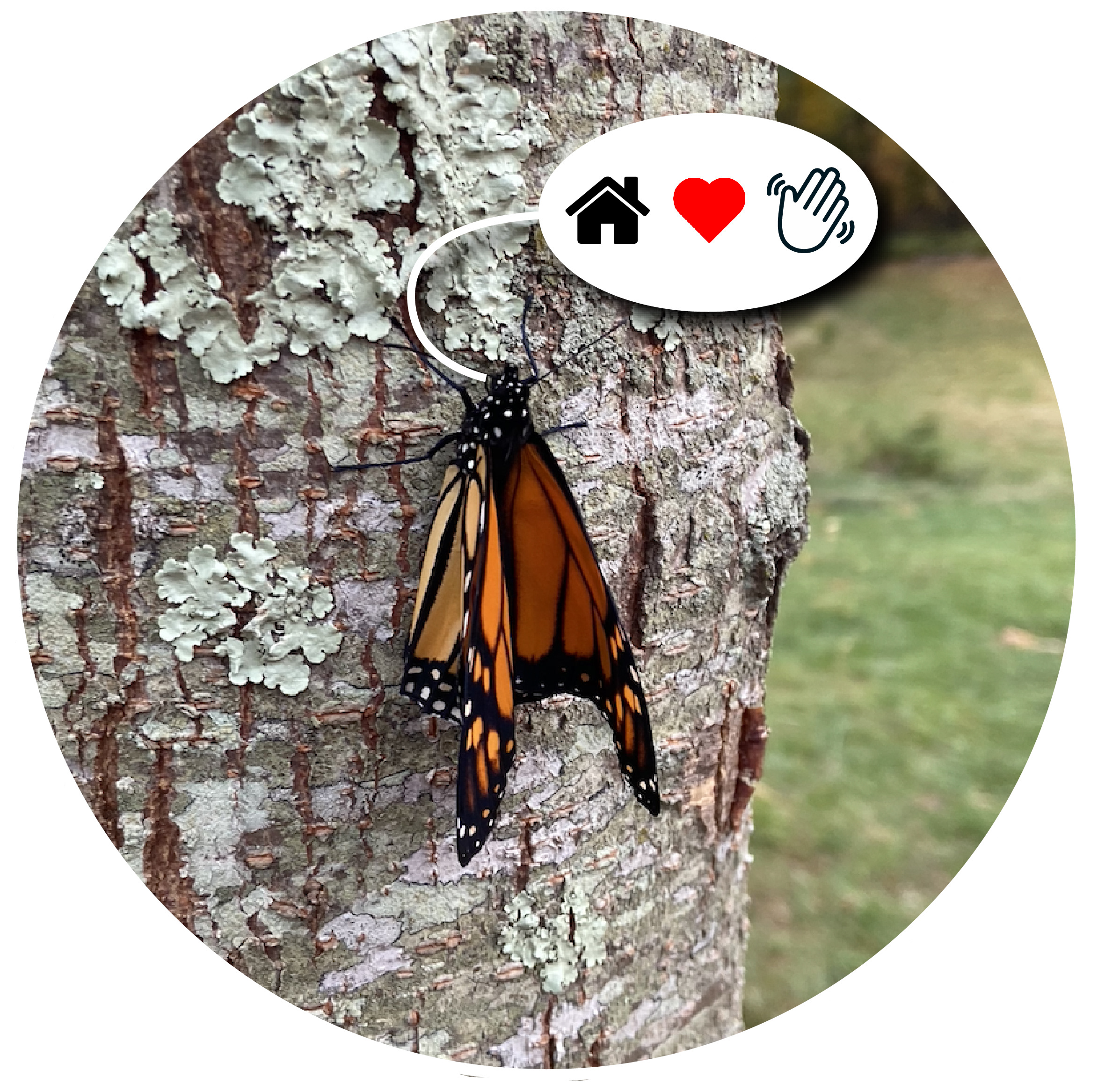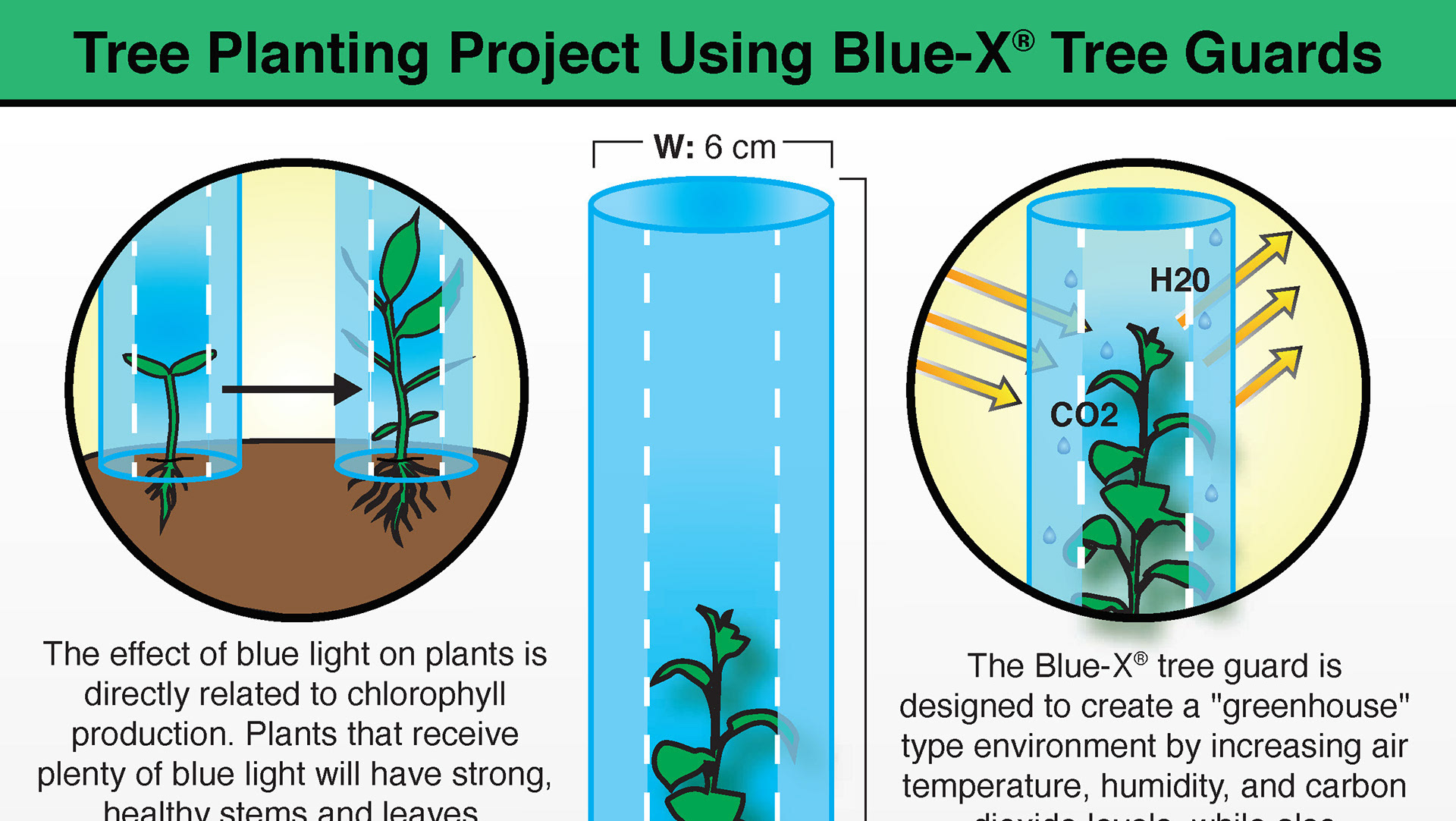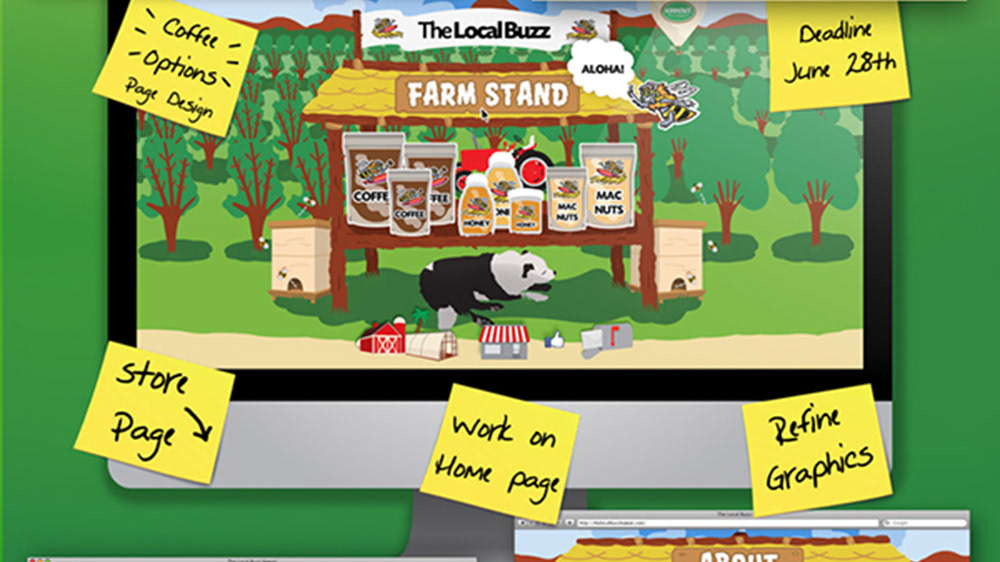🐝 Cavity-Nesting Bee Educational Material 📚
The educational material developed around cavity-nesting bees was created for the Village of Irvington and the O’Hara Nature Center. The work came out of my research from monitoring and recording the various types of cavity-nesting bees that have taken up residency in the O’Hara Nature Center’s various pollinator hotels over the past two years. The goal of this educational work is to provide visitors of the O’Hara Nature Center a clear and concise break down of what cavity-nesting bees are, how pollinator hotels function, what types of cavity-nesting bees a pollinator hotel might attract, and steps a person can take to encourage cavity-nesting bees to take up residency in their yard or home garden.








